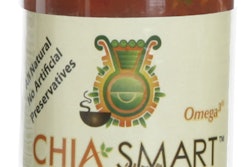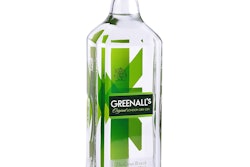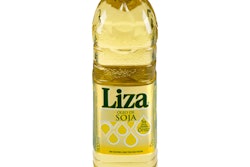
The Paramount Farms suit filed against Walgreens’ PL Pistachio packaging claiming trademark infringement and unfair competition is intriguing to say the least. The complaint states that the Walgreens pistachio packaging is wrongfully using “fonts, font colors, window curvature and packaging dress” similar to what’s found on the packaging of Paramount’s own Wonderful brand pistachios.
Protecting design rights is tricky. The burden of proof on the functionality, distinctiveness, and likelihood of confusion of color is challenging since the interpretation of standards are not clear-cut. Therefore, the outcomes of trademark cases vary from circuit court to circuit court.
How does trade-dress infringement—or perhaps we should say “alleged” trade dress infringement—happen? In the Paramount vs. Walgreens case, it’s likely that Walgreens’ use of color was directly influenced or inspired by Paramount’s design. Packaging designers are often directed by marketers to model their design from the category leader. It’s common practice to have the category leader’s packaging on display in the studio while designing for a competitor.
Design and Marketing are clearly at odds in such a scenario. Professional designers seek to design original and innovative strategic solutions to marketing problems. Certainly they want to create a design that beats out the competition for shelf visibility, but they seek originality over mimicry. What is paramount to the marketer on the other end is to beat the competition at any cost. In that regard, with the goal of grabbing market share, the marketer may encourage mimicry. If the goal is to avoid legal battles, these two opposing mindsets must come together. This can begin with an understanding and an awareness of the multitude of design possibilities that can well serve a client even in the most competitive marketplace. The visual literacy and aesthetic discrimination of marketers must be cultivated. On the design side, there should be more active engagement in addressing copycat issues and the compromising of the client’s legal position.
My take on the Paramount Farms vs. Walgreens case is that the courts will determine that Paramount is not entitled to protection because the design is a generic, common design that is used extensively in the food sector of consumer product packaging design. Black as a color in itself is not entitled to protection in this case, and the basic design is not uncommon.
Copycat designs emerge partly because clients and designers are facing higher costs and shorter deadlines. Second, in too many cases there is an insufficient design process, and it’s excessively influenced by the desire to mimic the industry leader. And third, too many brand managers fail to lead the design effort in a way that fosters true innovation.
So what’s to be done? I think when the possibility that plagiarism might be underway first surfaces, both Marketing and Design should acknowledge and confront it. They should also carefully consider the possible ramifications. Then both sides should work in partnership to come up with a design that is a competitive instrument providing strategic results based on innovation rather than imitation.

























